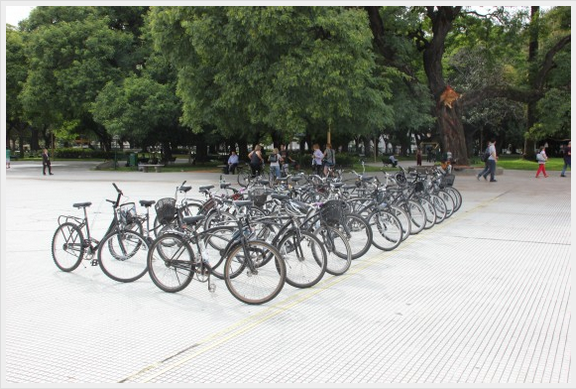
Photo: Lars-Curfs
New study proves traffic-free routes encourage more walking and cycling
20 July 2014
by Richard Forster
The provision of new, high-quality, traffic-free cycling and walking routes in local communities has encouraged more people to get about by foot and by bike, according to a new study published in the American Journal of Public Health.
Independent research led by the MRC Epidemiology Unit at the University of Cambridge, on behalf of the iConnect consortium, surveyed adults living in three communities before and after they benefited from a national initiative led by the sustainable transport charity Sustrans, and funded by the Big Lottery Fund, to build or improve walking and cycling routes at 84 towns, cities and villages around the UK.
“This is one of the first studies to show that changing the environment to support walking and cycling in the UK can have measurable benefits for public health,” said Dr David Ogilvie of the MRC Epidemiology Unit at the University of Cambridge, who led the study. “It is also notable that we did not see a significant effect on activity until the two-year follow-up. It can take time for the benefits of this sort of investment to be fully realised.”
Two years after new routes were developed by charity Sustrans with local authority partners, people living nearby increased their total levels of physical activity, compared to those living further away. People living one kilometre from the new routes had increased their time spent walking and cycling by an average of 45 minutes per week more than those living four kilometres away.
“It’s clear that when good quality infrastructure exists people use it,” said Malcolm Shepherd, Chief Executive of Sustrans. “Our experience from co-ordinating the National Cycle Network, which saw an amazing three quarters of a billion (748 million) journeys in 2013, 7 percent more than the year before, has shown us this over and over again. With a physical inactivity crisis and traffic jams clogging our towns and cities the case has never been stronger for governments to guarantee dedicated funding for quality walking and cycling routes for everyone.”
Crucially, there was no evidence that the gains in walking and cycling were offset by reductions in other forms of physical activity. This suggests that the new routes have encouraged local people to become more active overall. The benefits were equally spread between men and women and between adults of different ages and social groups. However, people without access to a car were more likely to increase their activity levels than those who had a car.











